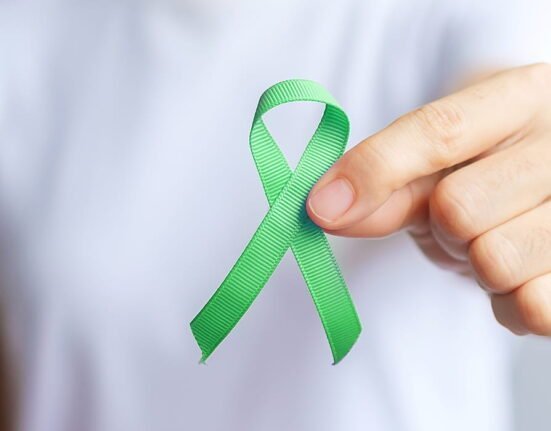Birth defects are abnormalities that occur in a baby’s body structure or function before birth. These defects can range from minor to severe and can affect a baby’s health and development. According to the National Institute of Health (NIH), there are two main categories of birth defects:
- Structural defects, which affect the structure of body parts, e.g.: Cleft lip/palate, congenital heart defects, neural tube defects, club foot etc.
- Functional, which is related to problems with how a body part or body system works or functions. These are mainly due to a chromosomal abnormality.
Some birth defects affect many parts or processes in the body, leading to both structural and functional problems. Babies who are born with these defects need special care and interventions to survive and thrive developmentally.
Read More: Why Do Women Face Mental Health Issues During And After Pregnancy?
Early intervention is crucial to improving the outcomes in such cases. The advanced medical technology that has evolved over the years has made this possible, where we are now able to identify abnormalities and treat them before they cause long-term harm. There are mainly two methods of detection of birth defects during pregnancy
- Prenatal screening tests: These are tests done during the pregnancy, as early as the first trimester, to find out the possibility of a birth defect. These include:
- Prenatal ultrasounds especially the first trimester NT scan and the second trimester Targeted imaging for foetal anomalies (TIFFA)
- Biochemical blood tests – Dual marker, Quadruple marker
- Non-invasive prenatal testing for foetal cell-free DNA
- Diagnostic tests: These tests are performed to confirm the presence of a birth defect. These include Chorionic Villous Sampling (CVS) in the first trimester, and Amniocentesis, and Cordocentesis in the second trimester.
Read More: Fetal Alcohol Syndrome: Say No to Drinking During Pregnancy
Diagnostic tests are mainly done to find out about specific chromosomal defects in the baby and are only done if the screening tests are positive or if there is a known genetic problem in the parents or sibling. It is important to note, however, that not all birth defects can be diagnosed before birth, and that some may only be detected after the baby is born. This is why newborn screening & infant diagnosis is also important.
Early detection of birth defects can significantly improve the chances of survival and quality of life for newborns. Detecting birth defects early during pregnancy through prenatal screening or diagnostic testing can help medical practitioners counsel the parents regarding the condition, its progression and prognosis. It gives time for referral to a specialist and allows the neonatologist team to plan immediate neonatal management to improve survival rates.
Thus, preparing the medical team to deliver the baby in a way that will ensure the highest level of care for both the mother and child. This can prevent complications due to an unprepared environment. This is especially true for defects that need urgent interventions. To quote an example, in cases of certain congenital heart defects, the mother is referred to a cardiologist who confirms the diagnosis, attends the delivery, and plans the immediate surgery.
Read More: How a Mother’s Stress Impacts the Fetus
A few other examples are cases of duodenal atresia, cleft lip-palate, or diaphragmatic hernia. In such cases, once chromosomal abnormalities are ruled out by doing an amniocentesis, a paediatric surgeon’s opinion is taken, and parents are accordingly counselled. Delivery and surgery are then planned at a tertiary care set-up to improve the outcome. In some cases, interventions may even be intrauterine, such as intrauterine blood transfusions given for foetal anaemia or medical therapy given for foetal arrhythmias.
These early interventions in turn help in improving the quality of life of the child and family. Surgeries and medications can ensure that the child lives a quality life, despite the presence of a birth defect. This can help to reduce the long-term effects of the condition on the child, as well as help prevent some of the serious medical complications.
Read More: Intellectual Disability: Symptoms, Causes and Treatment
One of the most important reasons why early diagnosis of birth defects is vital is because it enables a family to prepare themselves, both emotionally and financially, for the impending changes that a birth defect may bring. Parents can familiarize themselves with the conditions and become educated about how to best support their children.
Knowing that the baby may have a congenital anomaly before he or she is born can also help the parents access resources that may be needed for their child. They can benefit from counselling and emotional support, thus helping them to cope better with the situation. In some instances, parents may be able to make changes to their homes or have surgeries done to better care for the needs of the child.
Diagnosis during pregnancy also plays a crucial role in genetic counselling. The discovery of a genetic alteration that is responsible for the birth defect can help in explaining the cause of the anomaly to the parents and other members of the family. This information can also help families make informed decisions when planning for future pregnancies.
Thus, to conclude, early diagnosis of birth defects enables early access to appropriate medical interventions and better preparation for the long-term needs of the child. This allows the child to be born in an environment that is conducive and ready to support its needs. Prenatal diagnosis is a crucial step in saving newborn lives and ensuring that babies have the best possible start in life.













Leave feedback about this